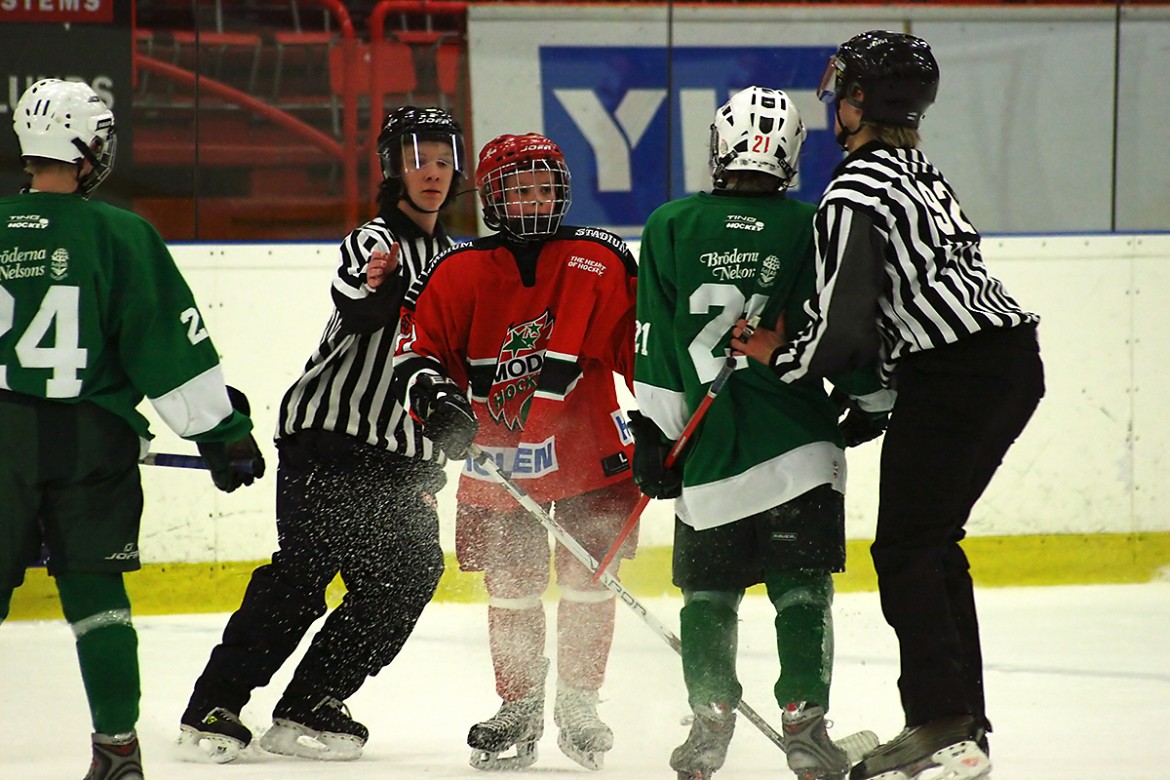Giancarlo Di Peco
Liz Ciampa knows first hand how expensive it is to have her son play hockey.
“I pay $3,000 a year for my 10-year-old son Michael to play rep league hockey in the GTA,” Ciampa, Executive Assistant and Office Manager at Brookfield Residential said.
“It’s crazy, the GTHL used to charge $5 gate fees for people to watch games including the kids playing,” she said.
“Now it’s an extra $600 to cover the gate frees for the season. It’s ridiculous.”
She is not alone.
A new survey has found Canadian parents are going into debt or borrowing money in order to enrol their children into recreational hockey.
The costs of placing a child into competitive hockey increases depending on the league, for instance, Ciampa says to put Michael into triple A hockey in the GTHL, it would cost her up to $10,000.
The third annual Beyond The Blue Line survey conducted by The Canadian Scholarship Trust Foundation revealed its findings Thursday, and more than two-thirds of Canadians are personally borrowing money or using retirement savings to put their kids in hockey.
Peter Lewis, vice president for CST Consultants Inc., describes Beyond The Blue Line as an awareness campaign designed to spark a debate about how Canadian parents are prioritizing post-secondary education and extra-curricular activities such as hockey.
“Particular focus was on hockey because hockey is both Canada’s game, but it’s also very expensive for kids to be involved in,” Lewis told Humber News on Thursday.
The results of the survey are concerning because it indicates parents are over-extending themselves financially to be able to afford putting kids into hockey, he said.
Lewis said Beyond The Blue Line wants to get parents thinking about the investment of hockey as well as saving money for their children’s future education.
“Parents can look into used equipment and research the most cost-effective ways to participate,” Lewis said.
Ciampa said her family members tend to share equipment between kids and other hockey parents tend to trade equipment their child may have since outgrown.
The survey concluded that more parents are deciding to pull their children out of hockey, a fact that concerns Lewis.
“The unfortunate reality is that parents are pulling their children out,” Lewis said. “It’s just becoming a stretch for parents to manage.”
Despite the high costs, Ciampa says she will not pull her son out of hockey anytime soon.
“I won’t because he loves it,” Ciampa said.
“There’s camaraderie, he loves his teammates and loves playing.”

